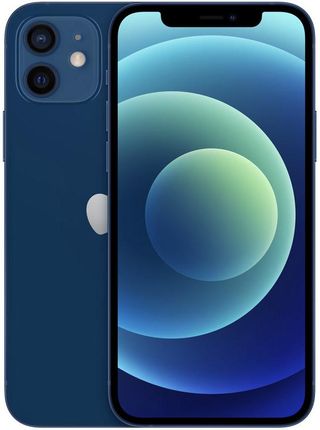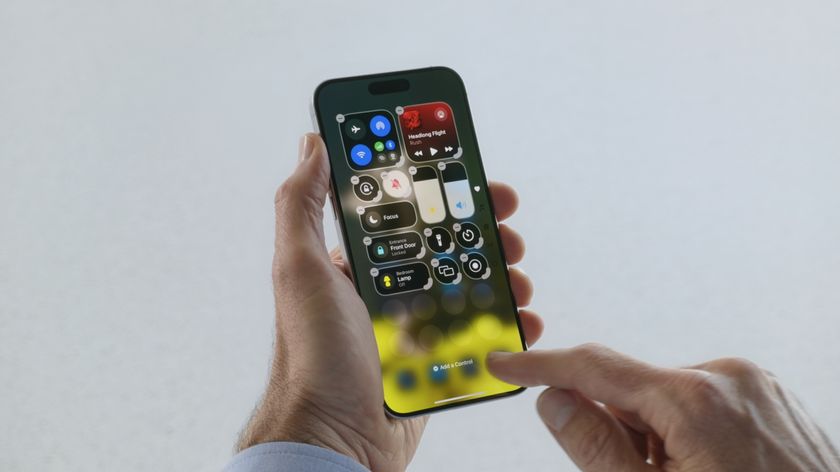The Moto Z proves an iPhone 7 without a headphone jack is no big deal

It seemed almost karmic, Lenovo's latest phone being unveiled in San Francisco — just days before Apple kicked off its week-long WWDC festivities. I was lucky enough to attend both, and in doing so, talk to a lot of people about the state of Apple hardware and software and how it compares to the best of Android these days. Much of that narrative centered, with no lack of passion, around the lack of a headphone jack in Lenovo's Moto Z handset.
I got to hold the phone in my hand, and it actually took me a considerable amount of time to identify the omission, so accustomed am I to connecting my devices to wireless headphones.
The internet alternately praised and raged against this insouciance for custom: What was the average person going to do to listen to music? Most were not sated when Lenovo revealed that an adapter — a USB Type-C to 3.5mm headphone dongle — would be included in the box, nor the fact that the company is partnering with popular accessory makers to encourage people to upgrade to USB C-based headphones.
Like the transition from micro-USB to Type-C — and 40-pin to Lightning — these transition periods are awkward and, for some people, frustrating, but they are good for the industry as a whole.
On to the iPhone
There is another handset that infamously may lack a headphone jack: The iPhone 7, which will be released in September, enjoys a number of lofty rumors, from waterproofing to wireless charging, but the discontinuation of a headphone jack is all but certain — and after seeing its effects on the Moto Z, I am increasingly encouraged.
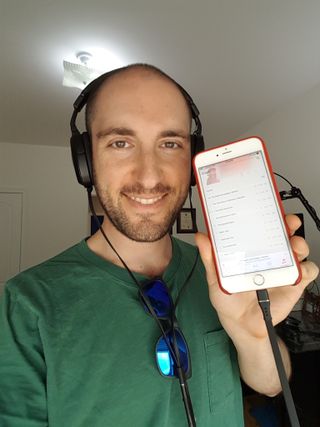
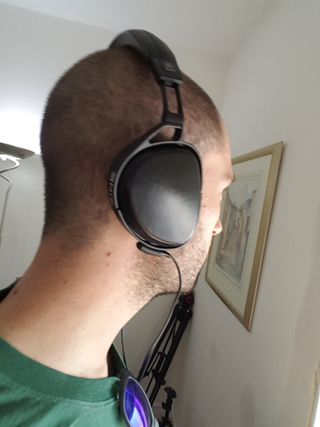
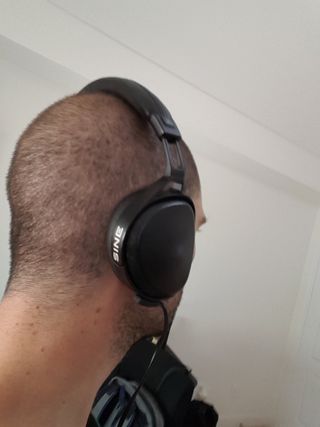
I've actually been mimicking that very workflow over the past few weeks, with a pair of headphones that (voluntarily) eschews the traditional headphone jack for a Lightning cable. Dubbed the Audeze Sine, these planar magnetic cans are not cheap at $499, but they are some of the best-sounding headphones I've ever used. Moreover, the addition of a Lightning cable allows for the DAC, or Digital-Analog Converter, to be installed in the cord itself, bypassing the one within the iPhone.
Why would you want that? Because as much as Apple cares about the sound quality from its headphone jack, a dedicated DAC embedded in a headphone cord that interfaces directly with the Lightning port ups the ante considerably.
Master your iPhone in minutes
iMore offers spot-on advice and guidance from our team of experts, with decades of Apple device experience to lean on. Learn more with iMore!
Music is an indelible and lasting part of the iPhone experience.
Losing the headphone jack is going to be supremely frustrating for many iPhone users; similar to the myriad ways MacBook owners have become reliant on awkward USB-C dongles and extenders. Even a nicely-designed adapter included in the box will surely rile the masses, many of whom have built up extensive collections of over-, on-, and in-ear headphones over the years.
But many of these same companies have seen the wave of change: Sennheiser, Bose, B&O, and many others have released wireless versions of their most popular headphones. And while Bluetooth still doesn't offer the same fidelity of sound as its wired counterparts, most people streaming Apple Music while on the train — or even quietly listening at home — won't notice a difference.
Still others will immediately go out and purchase one of the growing number of Lightning-enabled options, which even without their own DACs built into the cord will take advantage of a digital-first connection. Apple will certainly facilitate those purchases in its retail stores. The cycle will continue.
Losing the headphone jack is going to be supremely frustrating for many iPhone users, but Apple knows that.
Music is an indelible and lasting part of the iPhone experience, and Apple isn't about to disappoint the millions of people anticipating the next great smartphone. Apple sells less than five million Macs per quarter, and only a handful of those are MacBooks. In contrast, it sells more than 50 million iPhones every three months, and despite some slowdown will likely do so again in the quarter ending December 31st. By the middle of next year, over 100 million iPhone owners will possess devices with no headphone jack, and with a choice: stay legacy for as long as possible, or get with the times. Apple has never been afraid to kill its darlings when it believes it will move the industry forward, and by eliminating the headphone jack it finally removes the last vestige of its analog past.
Beyond the early adopter
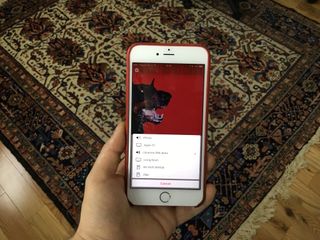
I use my iPhone to listen to music every day. I use wired headphones, wireless headphones, AirPlay speakers, Bluetooth speakers — even the tinny mono speaker. I use whichever source is closest, and easiest, to pull from. That's what ubiquitous connectivity means: my iPhone should give me every possible option and let me choose. Similarly, Apple won't be discontinuing every other iPhone model with a headphone jack with the release of the iPhone 7, so there will be plenty of options for consumers who don't want to contend with being an early adopter.
After using a combination of wireless headphones and Lightning headphones for the past month or so, and seeing the future in the Moto Z, I am less concerned about the coming backlash. Instead, I'm lamenting over how long I still have to wait until my favorite band releases its new album.
Daniel Bader is a Senior Editor at iMore, offering his Canadian analysis on Apple and its awesome products. In addition to writing and producing, Daniel regularly appears on Canadian networks CBC and CTV as a technology analyst.
